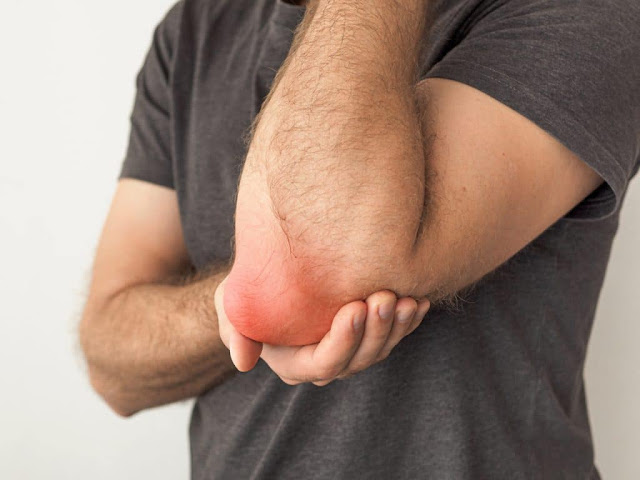Arthritis is a common condition that affects millions of people worldwide, causing chronic pain and inflammation in the joints. Managing arthritis pain is crucial to improve the quality of life for those living with this condition. While medication can provide relief, therapy has emerged as an effective complementary approach for arthritis pain management.
In this article, we will explore various therapeutic options and delve into the best therapies for arthritis pain relief.
Physical Therapy
Physical therapy plays a pivotal role in managing arthritis pain by promoting joint flexibility, strength, and function. Therapists employ various techniques such as manual therapy, exercises, and hydrotherapy to alleviate discomfort.
Range-of-motion exercises help maintain joint mobility while strengthening exercises improve muscular support. Hydrotherapy utilizes water’s buoyancy to reduce joint stress. Physical therapy not only reduces pain but also enhances overall physical well-being.
Occupational Therapy
Occupational therapy focuses on helping individuals with arthritis to engage in their daily activities effectively. Occupational therapists suggest modifications in the home or workplace to reduce joint stress. They provide assistive devices, such as splints or braces, to support joints and improve functionality.
Additionally, they educate individuals on energy conservation techniques and joint protection strategies. Through occupational therapy, patients learn adaptive techniques to minimize pain and maximize independence.
Massage Therapy
Massage therapy offers soothing relief for arthritis pain. Skilled therapists use various techniques, such as Swedish massage, deep tissue massage, and myofascial release, to target specific muscles and joints. Massage helps improve blood circulation, reduces muscle tension, and enhances relaxation, thereby alleviating pain and stiffness associated with arthritis. Regular sessions can contribute to long-term pain management and improved joint mobility.
Acupuncture
Acupuncture, an ancient Chinese practice, involves inserting fine needles into specific points on the body. This technique stimulates nerves, muscles, and connective tissues, promoting natural pain relief and reducing inflammation.
Research suggests that acupuncture may be beneficial for arthritis pain management, with many individuals reporting reduced pain and improved physical function. However, it is essential to consult a qualified acupuncturist for proper assessment and treatment.
Transcutaneous Electrical Nerve Stimulation (TENS)
TENS is a non-invasive therapy that involves applying low-voltage electrical currents to the skin via electrodes. The electrical pulses help disrupt pain signals, providing temporary relief from arthritis pain. TENS also stimulates the production of endorphins, which act as natural painkillers. This therapy is generally safe and can be used at home.
However, it is advisable to consult a healthcare professional for guidance on device settings and proper usage.
Cognitive Behavioral Therapy (CBT)
Arthritis pain not only affects the body but also has a psychological impact. Cognitive Behavioral Therapy focuses on changing negative thoughts and behaviors associated with pain. CBT helps individuals develop coping mechanisms, reduce stress, and improve overall emotional well-being.
By altering the perception of pain, CBT can significantly reduce its intensity and impact on daily life, enhancing the ability to manage arthritis effectively.
Now Listen Very Carefully Here:
This 3 step strategy completely reverses arthritis in 21 days or less
Imagine for a moment your arthritis completely vanishing right now. If, in a moment, your pain and stiffness melted away. And your joints all of a sudden functioned like a well-oiled machine.
Like a magic wand was waived, you’d be able to jump up from your chair and run around the room like a kid. And imagine that you’d never have to suffer as much as a pinch of arthritis stiffness or pain ever again.
This is not a fantasy. Thousands of people have permanently healed their arthritis following the 3 simple steps explained here...
Conclusion
When it comes to managing arthritis pain, a holistic approach is often the most effective. While medication plays a crucial role, incorporating therapies like physical therapy, occupational therapy, massage therapy, acupuncture, TENS, and CBT can provide significant relief and improve overall well-being. It is important to consult healthcare professionals to determine the best therapy options based on individual needs.




















